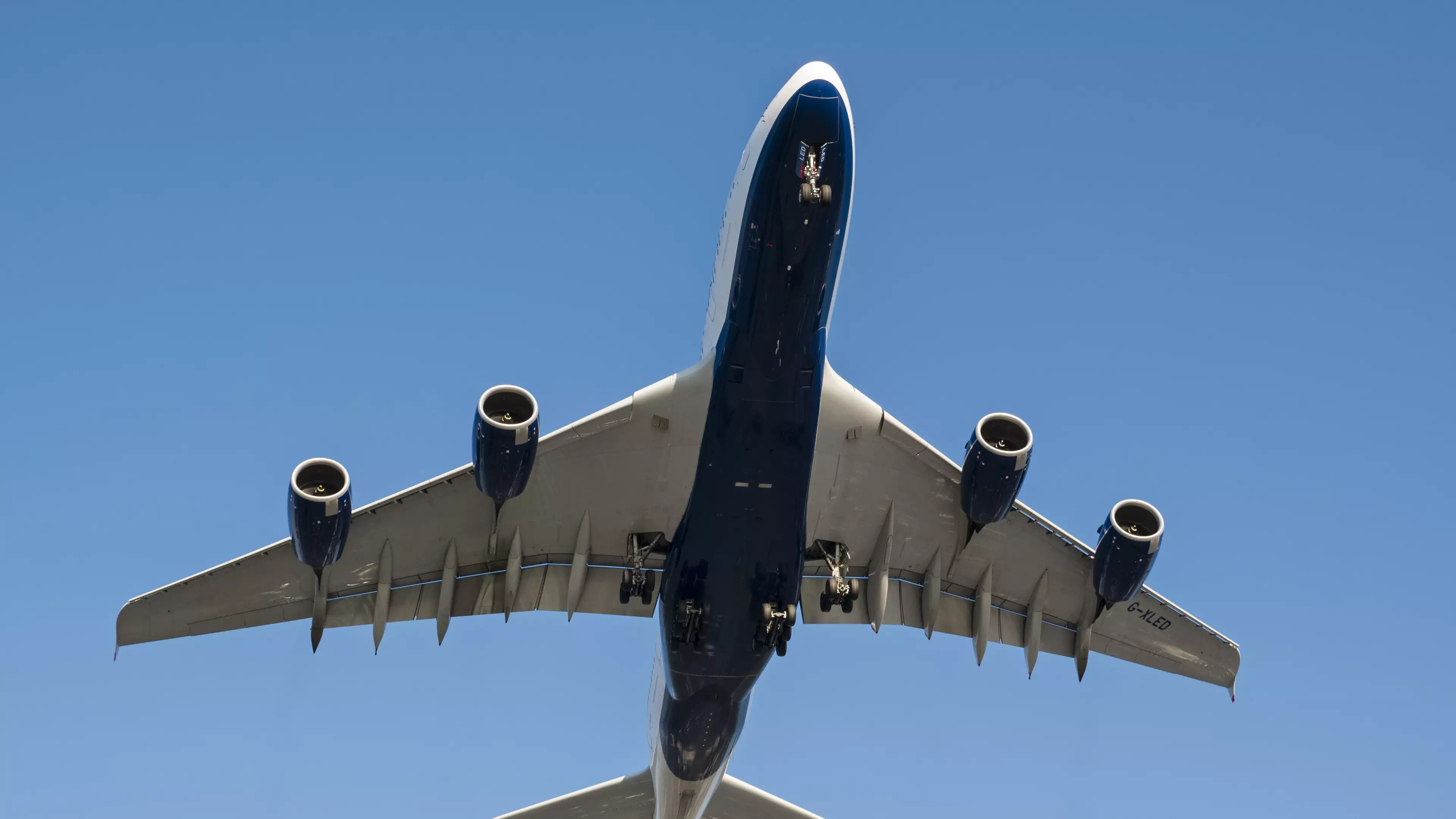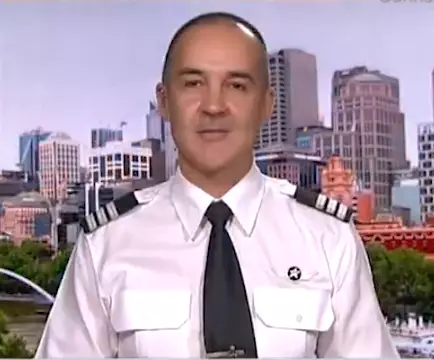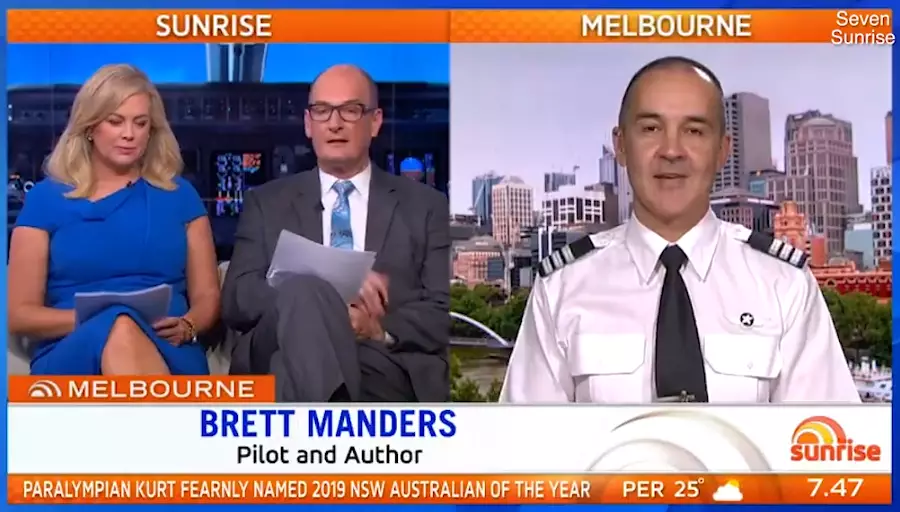
Planes are one of life's great mysteries. How do they even work? How does something so heavy stay in the air? Magic? Wishes? Who knows.
But as well as the very basics, there is a long list of bizarre rumours and myths that passengers have been dying to get to the bottom of, from the slightly comical where does the poo go? To the more morose, what happens when a passenger dies mid air?
And if for some strange reason you have never asked yourself these questions then I can guarantee you want to know now. Don't you?
Advert
Well as luck would have it, Aussie pilot Brett Manders has been on TV to put the record straight.
The Jetstar employee was on Australian breakfast show Sunrise, and answered some of the most popular questions passengers have.
First up, where do people's number twos go? According to Brett it's not where you thought.
Advert
He said: "I can safely say there's no number ones or twos that goes out into the atmosphere. All the waste goes into a tank, and is held at the bottom of the rear of the aircraft. It doesn't go overboard."
Why are people told to get into the brace position?
Before taking off the passengers are treated the the standard safety demonstration, in the event of an emergency pull here, blow there, and get into the brace position - put your hands on your head and lean forward.
But why? According to Brett it crouching down will protect passengers from flying debris inside the cabin during an emergency landing.
Advert
He said: "It's been designed by ergonomic engineers to make sure that in an event there's a non-normal landing, you are protected."

Sure, it might stop you from being hit by a rogue suitcase but not confident how it would counteract plummeting into the Atlantic at 600mph. But I'm no expert.
The pilot also said that contrary to popular belief there is no 'safest seat' on the plane and you really do need to turn your phones off.
Advert
He also assured viewers that unlike the movies, you can't open the plane door mid-air.
He said: "Imagine a football that's pumped up really hard and you're trying to press it in, that's what you're trying to do.

"The doors to the front of the aeroplane open 'in' initially and then 'out'. The pressurisation in an aeroplane adds hundreds of kilos of pressure each square metre of the door, so humans are not strong enough to open the doors."
Advert
Again, I've never really given much thought to the next question but maybe I should have - what happens when someone dies on board?
During a decade in the airline business Brett said he has only seen one death.
He said: "The cabin crew are trained to use all discretion possible. They would screen the deceased person from the other passengers."
He also revealed that turbulence sounds worse than it is.
He explained: "If you just relate turbulence to bumpy air, all it is is air with different temperatures, moving at different speeds and directions, and it's mixing,' he explained.
"Pilots don't like turbulence any more than the passengers do and we would try to avoid it. Aeroplanes are just over-engineered to be safe in the environment that they operate in.'
Featured Image Credit: PATopics: News, Interesting